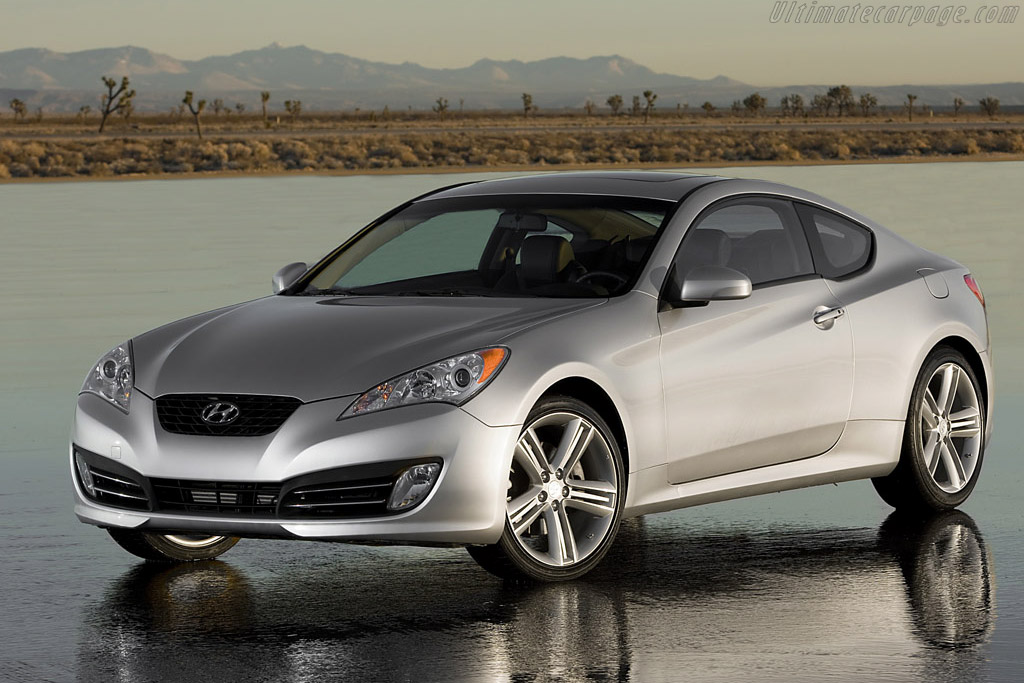In the modern era of automotive safety, backup cameras and sensors have become indispensable tools. Once considered luxury features, they are now standard equipment in most vehicles, mandated by regulations and demanded by consumers.
These systems serve a vital purpose: they help drivers reverse more safely by improving rear visibility, alerting them to obstacles, and in some cases, preventing accidents through automatic braking.
From crowded urban parking lots to residential driveways where children or pets may unexpectedly cross a vehicle’s path, these technologies are meant to provide a crucial layer of protection and convenience.
But while the presence of a backup camera or reverse sensor system is now almost ubiquitous, not all of them are created equally. Some are masterfully engineered—built to endure years of exposure to harsh weather, vibration, and road grime without skipping a beat.
Others, however, fall victim to poor manufacturing practices, cheap components, weak system integration, or simply bad design.
A backup camera system that fails to display, lags, or gives false sensor readings isn’t just an inconvenience—it can be a safety risk. It might cause drivers to misjudge distances, miss moving hazards, or place too much trust in faulty technology.
This divide between durable, high-quality systems and malfunction-prone ones is particularly important to understand for anyone buying a vehicle, new or used, or installing an aftermarket system.
Many buyers assume that the presence of a camera or sensor means peace of mind, but what if that system stops working six months down the line?
What if the camera fogs up permanently or the sensor starts beeping at nothing? In these cases, the driver is left to either ignore the system entirely or pay out-of-pocket for repairs or replacements, which may or may not resolve the underlying issue.
In this article, we’ll explore both ends of the spectrum by identifying five backup camera and sensor systems that are known for their long-term reliability, as well as five that commonly experience problems, especially over time.
The insights here are not based on flashy marketing claims or temporary performance in a showroom, but on real-world experiences, technical understanding, and practical observation across many vehicles and user reports.
We’ll focus on original equipment manufacturer (OEM) systems from major automakers, as well as aftermarket options that stand out, for better or worse.
Whether you’re a seasoned car enthusiast, a first-time vehicle buyer, or someone looking to upgrade your safety tech, this article aims to arm you with the knowledge to distinguish between what works and what wears out.
Choosing the right backup camera or parking sensor system isn’t just about features, it’s about choosing hardware and software that you can trust to work properly, every single time you shift into reverse. With safety on the line, reliability isn’t optional, it’s essential.
Also Read: 5 Cars You Can Pass to Your Kids & 5 That Won’t Last Long Enough
5 Backup Cameras & Sensors That Last

1. Honda OEM Multi-Angle Rearview Camera & Parking Sensors
Honda’s multi-angle rearview camera system stands out not only for its reliability but for its thoughtful engineering. Featured in many of Honda’s vehicles—including the Civic, CR-V, Accord, and Pilot—the system offers three distinct views: normal, wide, and top-down.
This allows drivers to choose the angle that best suits their parking or reversing situation, whether maneuvering in tight urban parking spots or reversing from a sloped driveway. The clarity and responsiveness of the camera make it one of the most user-friendly systems in its class, with virtually no input lag or visual distortion.
The durability of this system is one of its strongest attributes. Honda equips its cameras with high-quality, weather-sealed housings that resist water intrusion, dust, and snow buildup. This level of ruggedization is rarely seen in lower-end systems, especially aftermarket solutions.
Many drivers in varying climates—from cold northern winters to the humid heat of the South—report consistent performance even after years of exposure. Additionally, the camera’s lens includes an anti-fog coating, which significantly reduces condensation, a common issue with cheaper backup cameras.
Equally important are the ultrasonic parking sensors, which are embedded in the rear bumper of most mid- to high-tier Honda models. These sensors are accurate, responsive, and calibrated to a high standard. They detect obstacles early and deliver clear audible warnings, increasing in frequency as the car approaches an object.
Over time, these sensors have proven to be both precise and resistant to environmental damage like road salt, grime, or mud. Very few users report sensor failure or the need for recalibration, which speaks to their quality.
Another crucial aspect is Honda’s seamless integration of the camera and sensors into the broader infotainment and safety ecosystem. The camera feed displays instantly upon shifting into reverse, and dynamic guidelines respond in real time to the turning of the steering wheel.
There is minimal software lag, and the system works in harmony with Honda Sensing, its suite of safety technologies. This integration ensures that the driver receives a cohesive, reliable safety experience, not a cobbled-together add-on.
Finally, longevity data from real-world users and technicians support the claim that Honda’s systems last. It’s not uncommon to see vehicles 8 to 10 years old still running their original backup cameras without issue.
These systems rarely require dealer service and seldom throw error codes. For drivers who value reliability and long-term performance, Honda’s backup camera and sensor suite remains one of the most trusted options on the market.
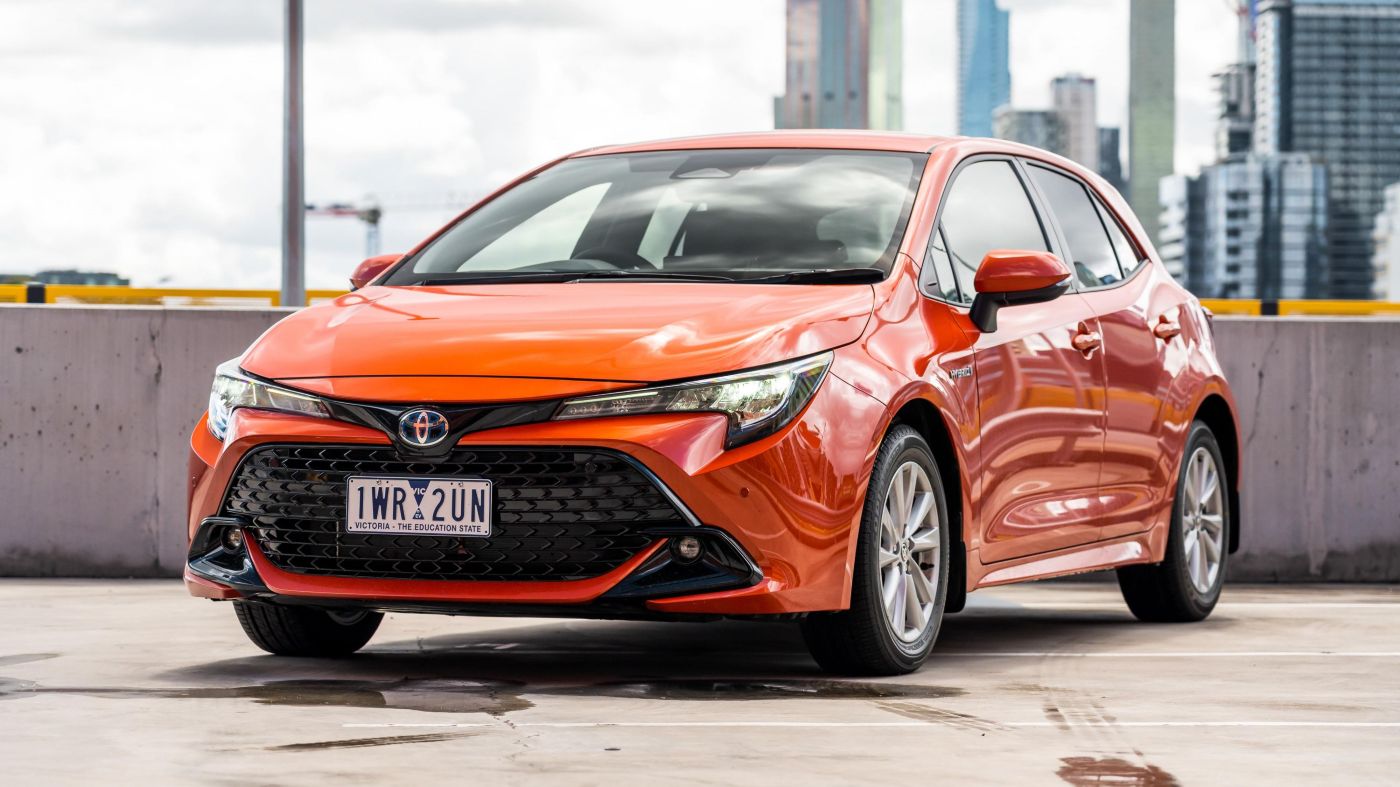
2. Toyota Integrated Backup Camera and Sensor System
Toyota’s backup camera and sensor systems have become synonymous with long-lasting reliability, especially in models like the Camry, RAV4, Corolla, and Highlander. Built with Toyota’s signature attention to detail, the camera and sensors offer dependable performance, day in and day out.
Toyota’s rear cameras provide a crisp and natural color display, paired with guiding lines that curve with the steering wheel to assist in precise maneuvering. It’s a system that doesn’t need bells and whistles because it delivers on consistency and accuracy.
One of the reasons Toyota’s system has gained a loyal following is its consistent performance in extreme environments. From desert heat to snowy mountain roads, Toyota’s camera systems rarely suffer from temperature-related failures.
The camera modules are sealed and built to withstand intense UV exposure, rain, sleet, or salt spray. Toyota uses thick, rugged wiring and well-insulated connections to prevent issues caused by vibration, corrosion, or water intrusion—a common cause of failure in lower-tier models.
Toyota’s proximity sensors are equally robust. Using ultrasonic waves, these sensors provide accurate and timely alerts without the annoying false alarms that plague some lower-end systems. Even after years of use, the sensors remain sensitive and rarely require realignment.
They’re flush-mounted into the bumper with strong factory seals, helping them resist road grime, high-pressure car washes, and minor impacts. The result is a system that keeps working long after others start misbehaving or needing replacement.
Beyond physical durability, Toyota’s system benefits from strong software design. Drivers report little to no lag between reverse engagement and camera activation.
The display is intuitive, free from bugs, and rarely crashes or needs troubleshooting. Even in older models, the integration with the infotainment system remains stable, thanks in part to Toyota’s software updates and built-in safeguards against data corruption or hardware miscommunication.
What makes Toyota’s camera and sensor systems truly long-lasting, however, is the holistic design philosophy that underpins them. Toyota doesn’t just install these as afterthoughts—they are part of a wider design strategy focused on user safety, ease of maintenance, and vehicle longevity.
This is why so many older Toyotas still have functioning backup cameras and sensors today, even after a decade on the road. It’s not just about how they work when new—it’s about how they keep working year after year.
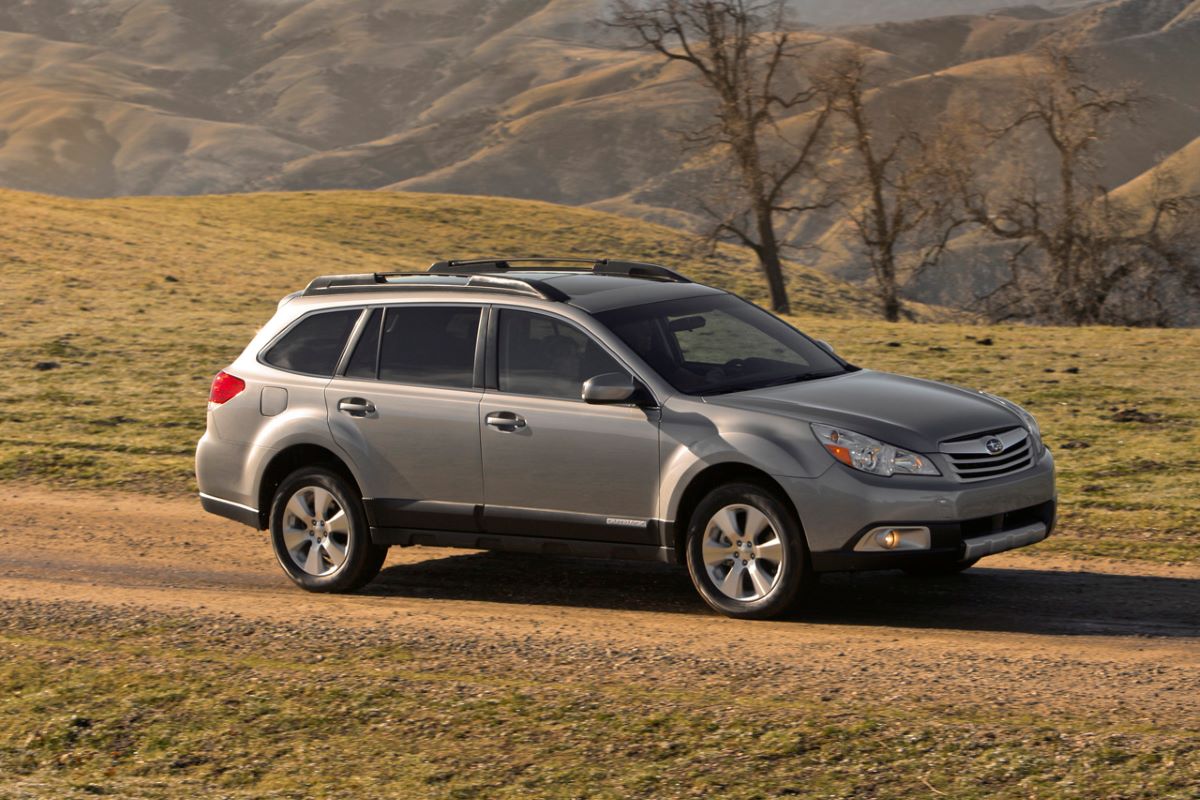
3. Subaru Rear Vision Camera and Reverse Automatic Braking Sensors
Subaru is known for producing vehicles built to handle rugged terrain and harsh weather, and this durability carries over into its rear vision camera and reverse automatic braking (RAB) systems.
The camera provides a wide and clear field of vision, with guidance lines that remain legible even in poor lighting conditions. Subaru’s approach focuses on practical usability—clear visuals, no lag, and a consistent performance regardless of external conditions.
One of the standout features in Subaru’s system is its reverse automatic braking. This sensor-driven system doesn’t just warn the driver of obstacles—it intervenes.
If an object is detected behind the car while reversing, the system will audibly alert the driver and apply the brakes automatically if the driver doesn’t respond.
This is particularly useful in crowded parking lots or areas where children or pets might suddenly enter the vehicle’s path. It’s a feature that has prevented numerous minor accidents and fender benders.
Durability is where Subaru truly shines. These vehicles are often used in outdoor and off-road environments, where dirt, ice, and water are constant challenges.
Subaru equips its cameras and sensors with robust waterproofing and shock resistance, ensuring that they can keep functioning even when caked in mud or exposed to freezing rain. This is not a system that needs babysitting—it’s built to handle the elements without compromise.
Subaru’s software integration is another strength. The camera feed activates quickly and displays clearly on the main screen, while the RAB system works seamlessly with Subaru’s EyeSight safety suite.
The sensors rarely trigger false positives, and the system doesn’t suffer from the frequent recalibration needs that plague less refined models. It’s designed to be self-sufficient and consistent, requiring minimal input or maintenance from the driver.
Ultimately, Subaru’s rear vision and braking sensor system is a textbook example of what happens when form follows function.
It may not have the flashiest interface or the most advanced AI-driven features, but it performs its role reliably, year after year. Whether you’re a daily commuter or a weekend adventurer, Subaru offers a system you can trust to keep you safe—and keep working—long after the warranty ends.
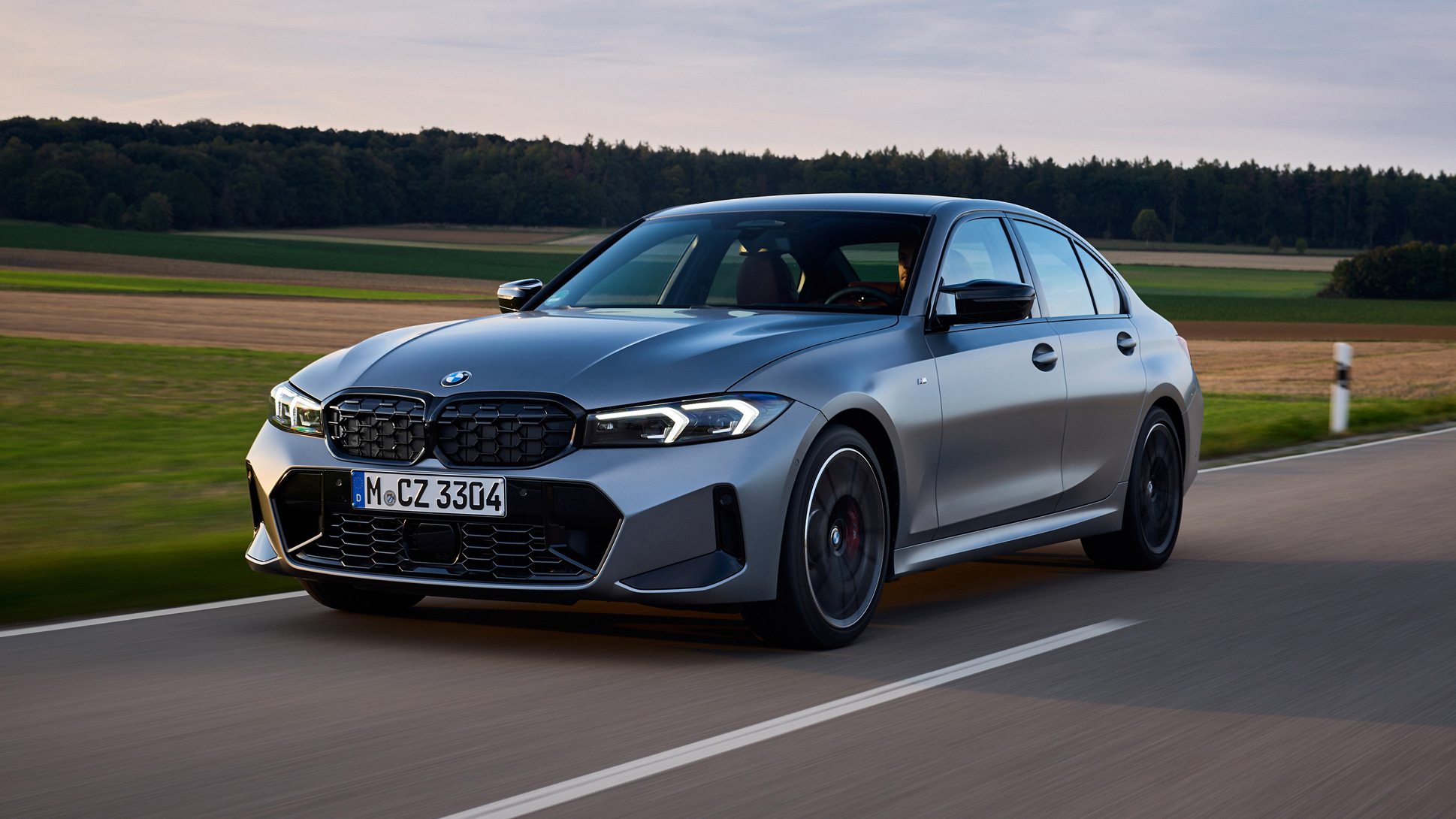
4. BMW High-Definition Surround View Camera System
BMW’s surround view camera system delivers not only superior imaging but long-term reliability that makes it a benchmark among luxury automakers.
This system uses multiple high-definition cameras—front, rear, and side—to stitch together a 360-degree bird’s-eye view of the vehicle’s surroundings. In BMW models such as the 5 Series, X3, and X5, this system enhances both safety and ease of parking, particularly in urban environments or tight garages.
One of the most impressive things about BMW’s system is the clarity and responsiveness of the camera feed. The high-definition lenses deliver sharp, true-to-life colors with very little distortion or lag. Even after several years of ownership, the video quality remains excellent, with very few reports of fading, pixelation, or blurry images.
The lenses themselves are well-protected against scratches, water spots, and UV damage, contributing to the system’s longevity.
In addition to the visual system, BMW’s ultrasonic and radar-based parking sensors provide exceptional accuracy. These sensors are finely calibrated and provide not just proximity warnings, but also directional feedback, helping the driver understand exactly where an obstacle is located.
The system can detect even low or narrow objects, such as curbs and posts, that many cheaper sensors completely miss. This accuracy doesn’t degrade quickly over time, which is key for long-term trust in the system.
Another element that enhances BMW’s durability is its robust system integration. Unlike some luxury brands that pack features into complicated and failure-prone interfaces, BMW balances complexity with reliability.
The backup system is housed within a stable software platform and interfaces smoothly with the vehicle’s infotainment system. Firmware updates are periodically pushed via dealerships to maintain software health, and hardware failure is relatively rare thanks to tight quality control standards.
BMW’s backup camera system isn’t just about delivering a luxury experience, it’s also about long-term ownership value.
Drivers of older BMWs often report that their cameras and sensors are still working perfectly well after 7–10 years of use, a rare feat in an industry where many systems degrade after just a few. For those seeking top-tier imaging, unmatched precision, and reliability, BMW’s surround view system is a clear winner.
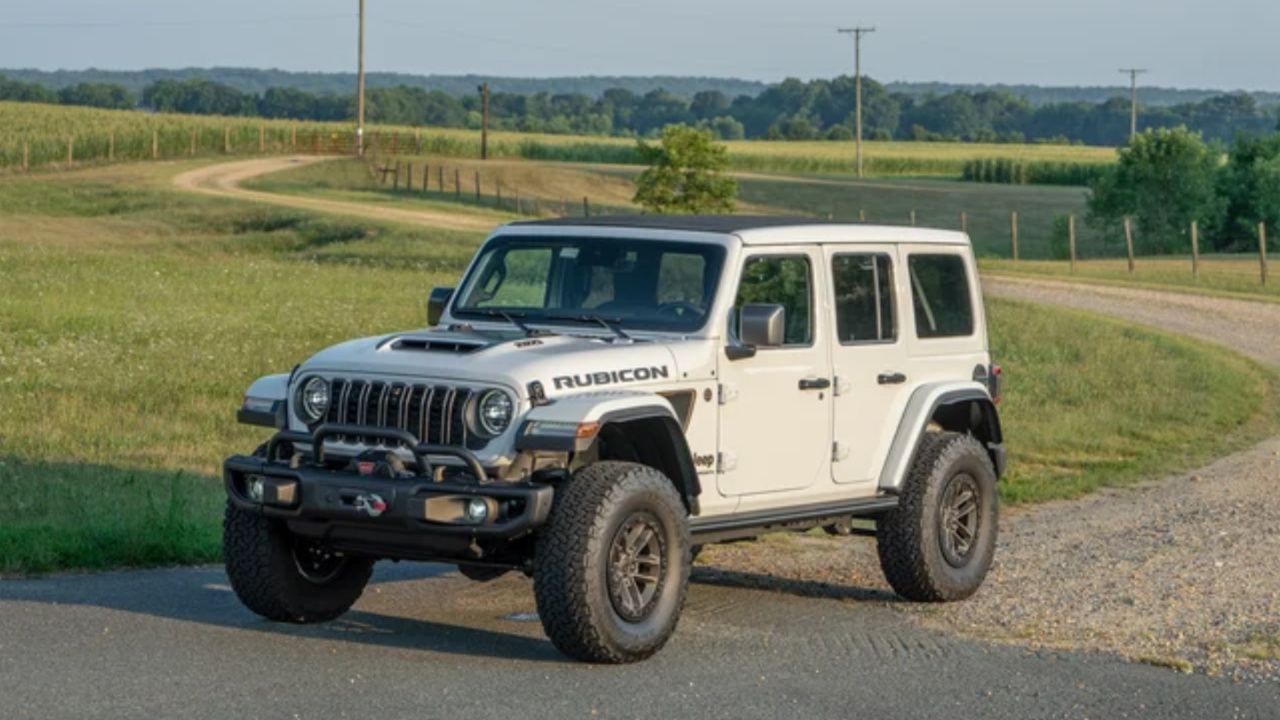
5. Garmin BC 40 Wireless Backup Camera (Aftermarket)
When it comes to aftermarket options, the Garmin BC 40 wireless backup camera sets itself apart with impressive reliability, build quality, and ease of installation.
Designed for compatibility with Garmin’s line of GPS navigation devices, the BC 40 delivers a backup camera experience that rivals factory systems without needing a full-on infotainment upgrade. This makes it ideal for drivers who want to retrofit an older vehicle without compromising on reliability.
The first standout feature is the camera’s wireless design. Unlike traditional wired systems, the BC 40 runs on replaceable AA batteries and transmits video over Wi-Fi to the paired Garmin display.
This significantly reduces installation complexity while eliminating common points of failure, such as frayed wires or poor grounding. It’s a true plug-and-play solution that also makes it easy to move from one vehicle to another, particularly useful for RVs, trailers, or fleet vehicles.
Build quality is where Garmin excels. The camera housing is waterproof, dustproof, and impact-resistant. It’s built to military-grade durability standards, and users consistently report performance even after thousands of miles of rough-road travel.
Whether it’s exposed to freezing rain, scorching sun, or constant vibration, the BC 40 holds up with minimal maintenance required. Its battery-powered design also means there’s no drain on your car’s electrical system.
The image quality is surprisingly strong for an aftermarket camera, offering a wide-angle view with clear color reproduction. Though it may not match luxury vehicle standards, it surpasses many OEM systems in vehicles under $30K.
The camera activates quickly, with a very short delay between shifting into reverse and displaying the video feed. Its connection is stable, and signal drops are extremely rare, even when mounted on trailers or long pickup beds.
Finally, Garmin’s excellent customer support and software stability contribute to the BC 40’s reputation for longevity. The camera integrates smoothly with Garmin’s devices, receives firmware updates when needed, and offers a smooth user experience.
For those who need an affordable, reliable backup camera without the fuss of dealer installation or questionable build quality, the BC 40 proves that aftermarket can mean dependable.
5 Backup Cameras & Sensors That Commonly Malfunction
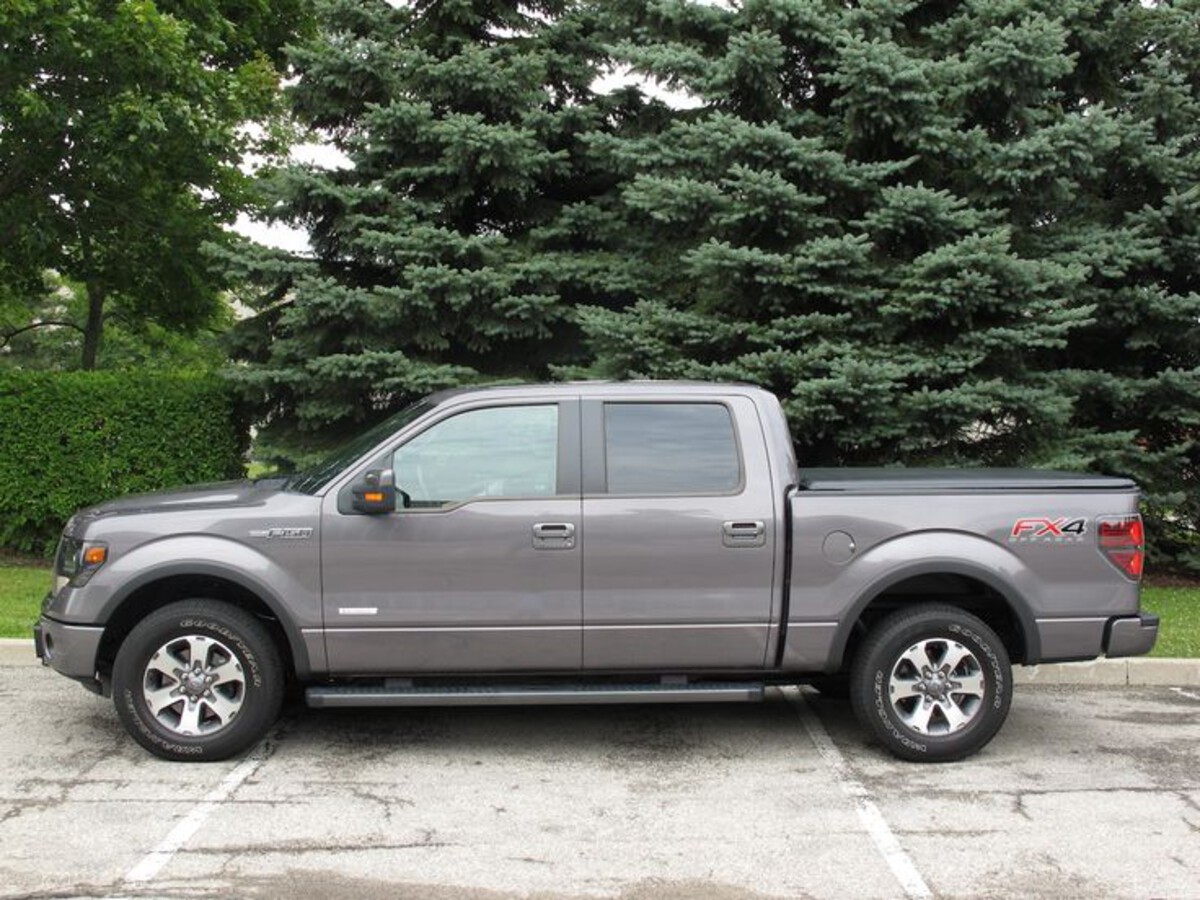
1. Ford SYNC Backup Camera Systems (Older Generations)
Ford’s SYNC infotainment system, particularly in its earlier versions from 2011 to 2016, was notorious for its inconsistent backup camera performance. While the cameras themselves were often high in resolution when functioning correctly, a range of issues plagued their long-term usability.
Owners of models like the Ford Focus, Escape, Fusion, and Explorer during those years frequently reported screen freezes, delayed image loading, distorted video, and sudden blackouts. These issues often emerged shortly after the warranty expired, leading to widespread frustration among consumers.
The root of these problems appears to stem from a combination of software instability and inferior camera modules. The SYNC interface, while innovative for its time, lacked the refinement needed for seamless hardware integration.
Camera feed delays of up to several seconds were not uncommon, creating a dangerous lag between the actual scene and what was shown on the infotainment screen. This discrepancy could lead drivers to misjudge distances or miss moving objects altogether, defeating the purpose of the system entirely.
Moreover, many of the backup cameras used during this generation suffered from poor weather sealing and subpar housing materials.
Moisture intrusion was a chronic complaint, especially in colder or rain-heavy regions. Condensation inside the lens would blur the image and, over time, cause internal corrosion or complete electrical failure.
In some cases, water ingress would short-circuit the camera entirely, requiring expensive replacements. Repeated recalls and service bulletins only partially addressed the root causes, leaving many owners to pursue aftermarket fixes.
The parking sensors integrated into this system were not immune to flaws either. Drivers reported frequent false alerts, erratic beeping with no obstacles present, or complete failure to detect nearby objects.
These sensors often degrade prematurely due to poor insulation or misalignment, requiring regular recalibration or replacement. Many owners also complained that the sensors were overly sensitive to harmless inputs, such as light rain, triggering continuous warnings even when no hazards existed.
In the end, what was meant to be a safety-enhancing feature often became a source of distraction and unreliability. Ford has since made major improvements to its backup systems in newer models, especially post-2018, with better software and more durable components.
However, the legacy of the older SYNC backup camera systems serves as a cautionary tale about the risks of rushing advanced tech to market without sufficient durability and integration testing.
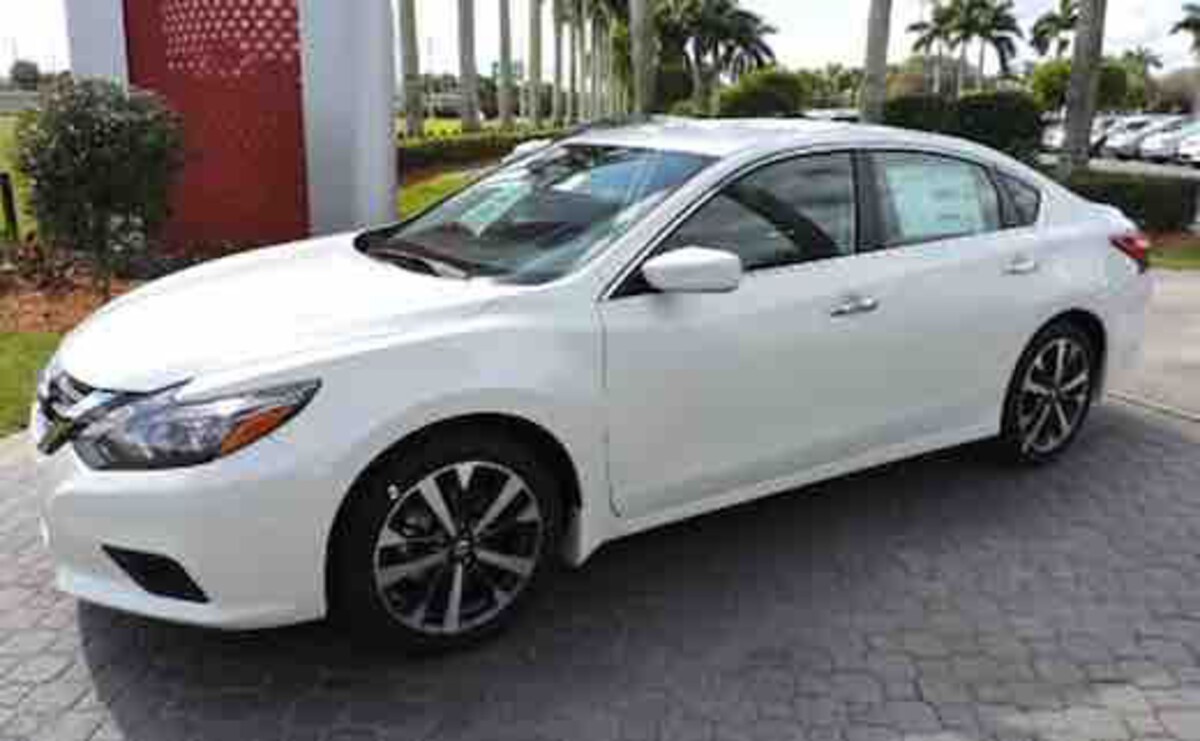
2. Nissan Backup Cameras in Altima, Rogue, and Sentra (2013–2017 Models)
Nissan’s backup cameras in several models from the mid-2010s—particularly the Altima, Rogue, and Sentra—have become a frequent subject of driver complaints due to their tendency to degrade over time.
These systems, while functional when new, were not designed with long-term reliability in mind. The cameras in these vehicles were often among the first components to fail after the warranty period expired, leading to repair costs that felt disproportionate to their initial benefit.
One of the most common problems reported by Nissan owners is the sudden appearance of a black screen when shifting into reverse. This failure is often intermittent at first but becomes permanent as the camera wiring deteriorates.
The root cause typically lies in weak solder joints and flimsy wire insulation within the trunk harness. Over time, repeated opening and closing of the trunk or hatch would cause strain on the wiring, eventually leading to shorts or complete disconnection.
Image distortion is another widespread issue. Even when the camera technically works, the image quality may degrade rapidly. Blurry images, flickering screens, and heavy color banding are frequently reported.
These problems are particularly noticeable in low light or harsh weather conditions, where the camera struggles to adjust exposure or contrast correctly. Many users also mention that glare and lens fogging are common, making it hard to see anything clearly when it matters most.
The sensors in these vehicles aren’t much better. Drivers often complain that the rear parking sensors give inconsistent warnings, failing to detect nearby objects or, conversely, sounding alarms when there’s nothing behind the vehicle.
These sensors are prone to failure due to corrosion and are vulnerable to damage from road salt and even standard pressure washing. Sensor replacement or repair isn’t cheap, and often the same issue recurs after just a few months of use.
Overall, while Nissan’s design philosophy during these years emphasized affordability and broad feature sets, the execution fell short in the area of backup camera reliability.
What started as a helpful safety tool frequently became an unreliable nuisance for drivers. Later generations have shown improvement, but these mid-2010s models remain cautionary examples of cost-cutting gone too far.
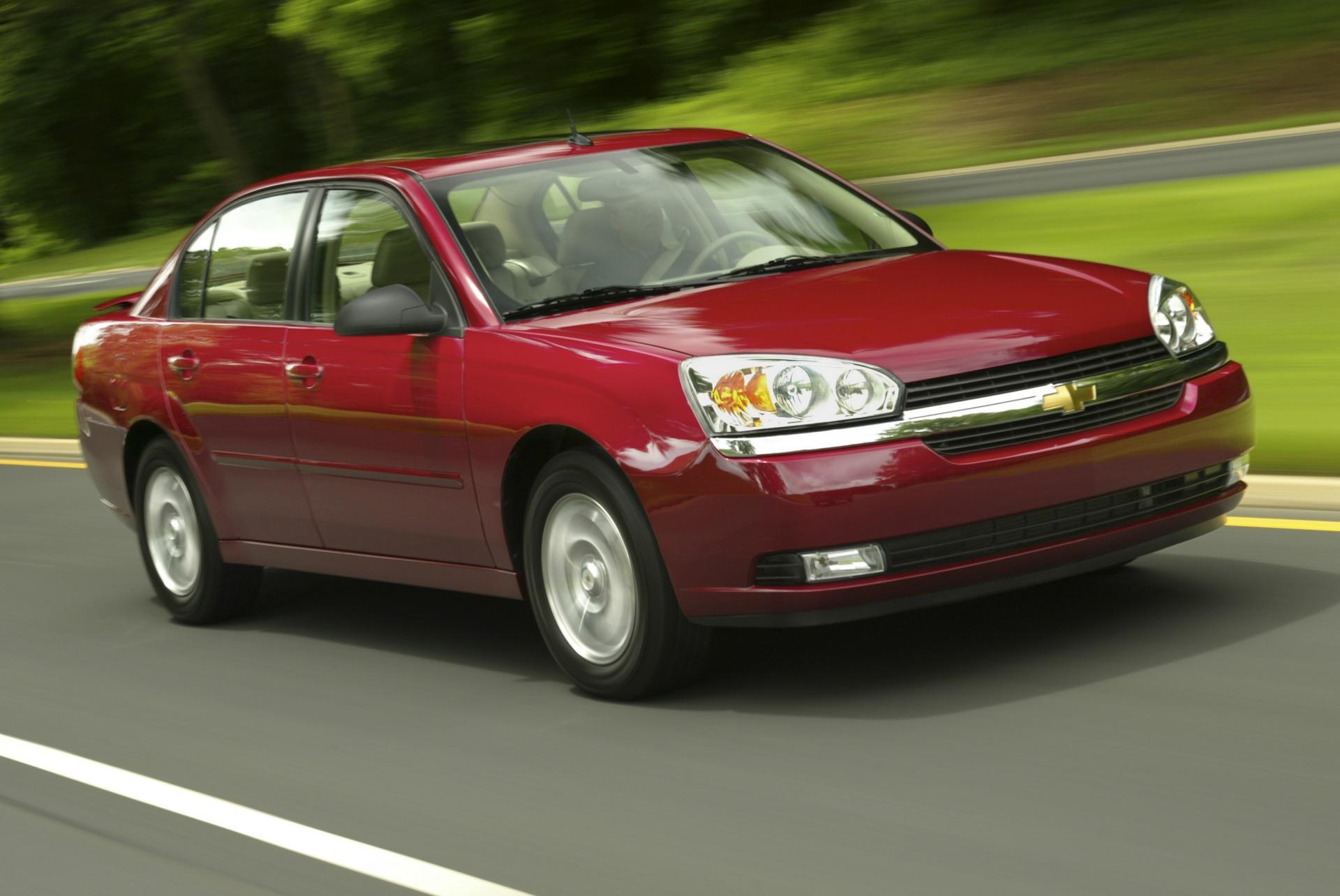
3. Chevrolet MyLink Camera Systems (Especially Spark, Malibu, Cruze 2012–2016)
General Motors’ Chevrolet MyLink system saw wide deployment across multiple models like the Spark, Malibu, and Cruze in the early 2010s. While MyLink aimed to provide a sleek infotainment experience with backup camera integration, it often fell flat in terms of reliability and user satisfaction.
Backup cameras in these vehicles frequently became unresponsive or displayed distorted, frozen images that failed to aid drivers during reversing. In many cases, the camera system would cease functioning entirely after just a few years on the road.
One major issue with the MyLink system was poor synchronization between the camera hardware and the infotainment interface. The camera would sometimes take several seconds to activate, particularly in cold weather, leaving drivers with a black screen just when visibility was needed most.
These glitches were often tied to the system’s lagging software architecture, which would freeze or crash entirely without warning. Rebooting the system was a temporary fix, but not a viable solution for safety-critical functionality.
The cameras themselves were also not well-suited for long-term use. Many were made using low-cost plastic lenses and poorly sealed housings. As a result, condensation, dust infiltration, and UV-related discoloration would degrade image quality over time.
In some instances, the video feed would turn completely pink or green—a telltale sign of sensor failure due to internal heat exposure or corrosion. Replacement units were often identical in design, meaning even new parts had the same eventual failure point.
Parking sensors in these Chevrolets were equally problematic. These sensors were embedded in rear bumpers but lacked proper shielding and waterproofing. Users reported frequent sensor misfires in wet or icy conditions, including loud, persistent beeping even when the vehicle was parked in an open space.
Once triggered, the system would sometimes require a complete system reset to return to normal function. Dealerships offered software patches, but they didn’t resolve the root problem—low-quality sensor design and environmental vulnerability.
In short, the MyLink backup system in this generation of Chevrolet vehicles felt more like a beta test than a finished, production-ready product.
While functional on paper, in practice, it often let drivers down when they needed it most. GM has since made strides in fixing these problems in newer vehicles, but for owners of these earlier models, frustration with the camera system was—and often still is—a daily experience.
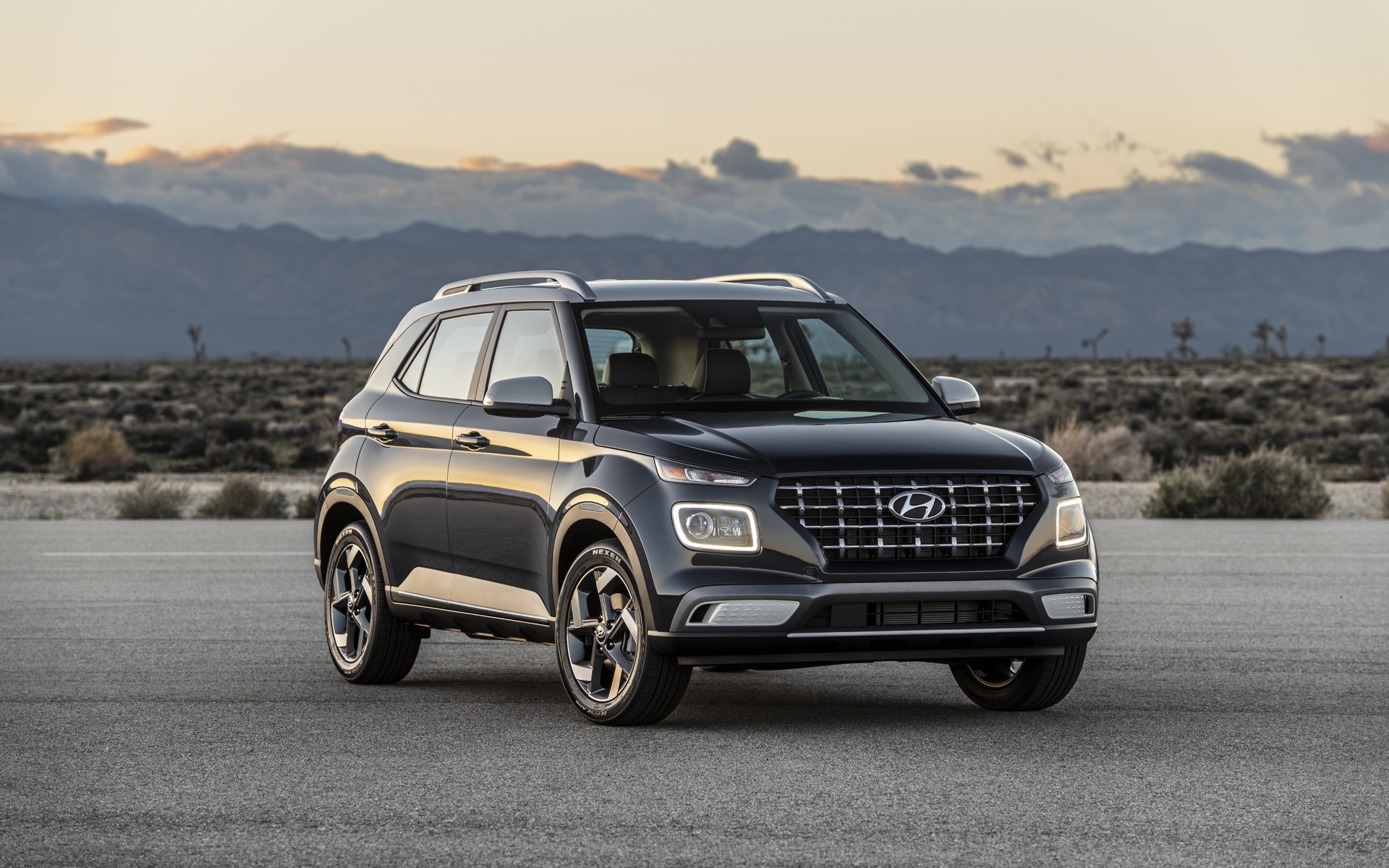
4. Kia and Hyundai Factory Cameras (2011–2015 Models)
Kia and Hyundai, while now known for significant improvements in quality and tech, struggled in the early 2010s with their factory-installed backup cameras and sensors.
Vehicles like the Kia Sorento, Hyundai Sonata, and Elantra from these years frequently featured cameras that failed prematurely. Initially seen as a luxury offering in these mid-range vehicles, the backup systems turned out to be among the least durable components, prompting frequent trips to dealerships for diagnosis and replacement.
One major problem was the inconsistency in camera quality across models and trims. Some models received relatively durable cameras, while others got low-grade units that had not been adequately tested for longevity.
As a result, thousands of drivers experienced failures ranging from grainy or static-filled images to complete blackouts. These failures often weren’t gradual—they would happen suddenly, sometimes triggered by weather changes or car washes that allowed water to seep into vulnerable wiring connectors.
The placement and protection of the camera modules were another weak point. In many cases, cameras were mounted low on the trunk or rear bumper, leaving them directly exposed to dirt, moisture, and impact.
Road salt and debris could quickly wear down the protective coating or find its way into wiring connections, causing rust and shorts. These problems were exacerbated in northern regions with heavy snow and salt use, leading to much higher failure rates in those areas.
Software issues also contributed to the system’s unreliability. The video feed would sometimes appear off-center, stretched, or incorrectly aligned with the guidance lines. Some drivers experienced delayed activation or the camera not engaging at all until after the vehicle had already started moving in reverse.
These glitches created confusion and made drivers hesitant to trust the system, especially when trying to navigate tight parking spaces or crowded areas.
Although Kia and Hyundai have made massive strides in recent years, their early implementations of backup technology were riddled with oversights.
The combination of inconsistent parts sourcing, poor sealing, and weak system calibration resulted in a wave of unsatisfied customers and warranty claims. It’s a classic case of introducing a desirable feature too early without the necessary quality assurance to support its long-term use.
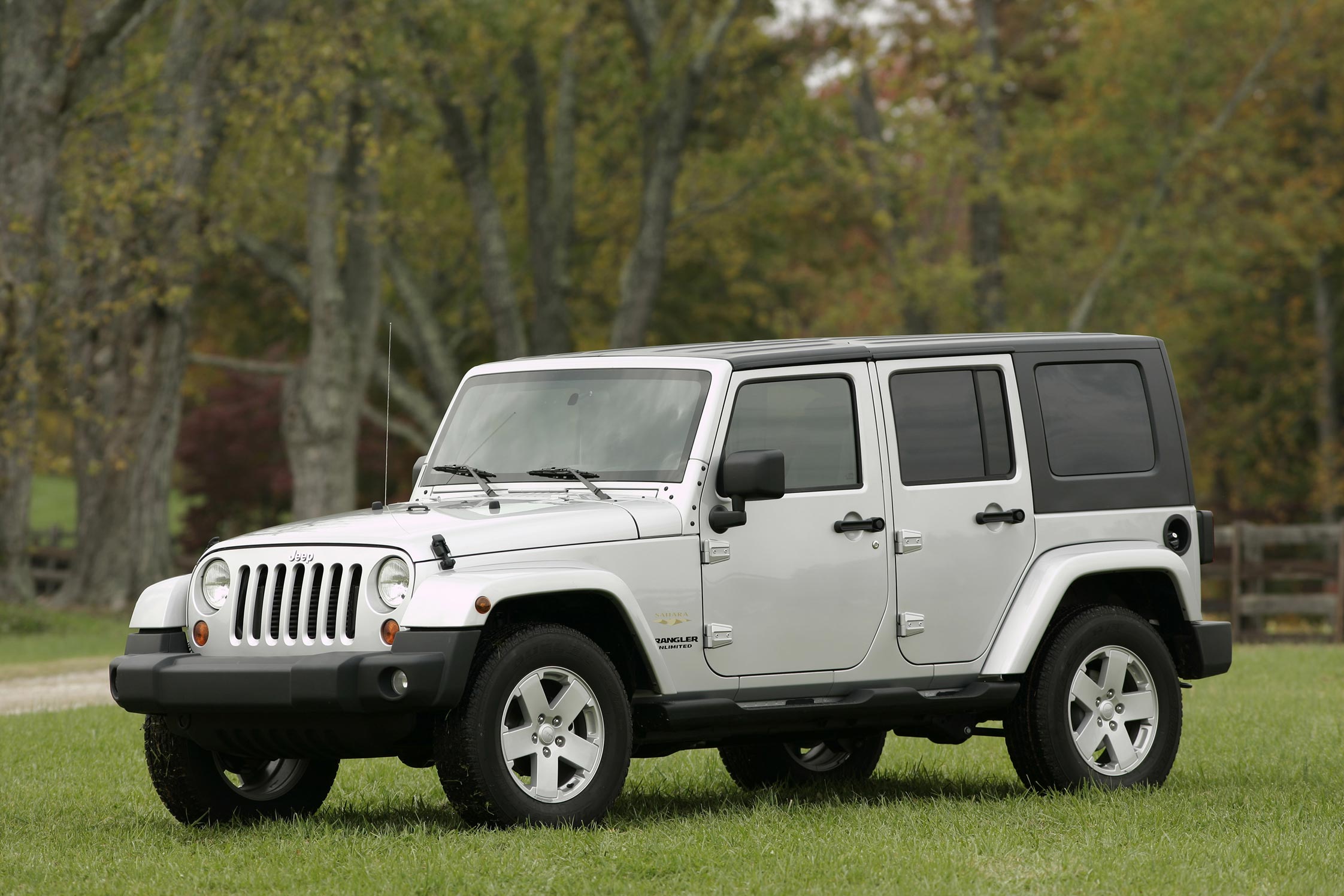
5. Aftermarket Generic Systems (No-Name Brands from Online Marketplaces)
While some aftermarket backup cameras—like Garmin’s BC 40—are known for their quality, many generic no-name brands sold through online marketplaces like Amazon, eBay, and AliExpress have earned a reputation for malfunctioning shortly after installation.
These budget-friendly kits often tempt buyers with low prices and promises of HD quality, but they frequently fall short in durability, performance, and safety.
One of the most common issues with these systems is image degradation. Though many advertise “720p” or even “1080p” resolution, the actual image quality is often blurry, overly compressed, or highly pixelated.
Night vision, if included, is usually ineffective, producing ghosted or dim images that are useless in dark environments. Additionally, poor lens quality leads to lens flare, color distortion, and fogging with minimal use. Within a few months, the system often becomes barely usable.
Another widespread problem is connectivity. Wireless systems from low-tier manufacturers frequently suffer from signal interference, especially in urban areas where Wi-Fi signals and electronic noise are high.
The video feed may lag, flicker, or cut out entirely at random. Wired versions aren’t much better—they often use flimsy cables that can break or degrade with even moderate vibration or bending. Once the connection becomes unreliable, the entire purpose of having a backup system is defeated.
The sensors in these systems are often even worse. Ultrasonic sensors from generic brands are notorious for giving false positives or failing to detect obstacles entirely.
This is particularly dangerous when reversing near children, pets, or other vehicles. Calibration is usually nonexistent, and in many cases, the sensors are simply plastic shells with minimal internal technology. Buyers are essentially installing a cosmetic feature with no real safety function.
Support and warranty coverage are virtually non-existent with these systems. Most are sold by third-party sellers that disappear quickly, and warranties—if offered—are difficult to claim.
Installation support is minimal, and compatibility with existing displays is hit-or-miss. Many users end up having to uninstall the system altogether or replace it with a higher-quality unit after just a few months.
Ultimately, these generic aftermarket systems offer a textbook example of “you get what you pay for.” While the upfront cost is low, the frustration, lack of safety, and potential for malfunction make them a poor investment.
For such a critical feature, it’s worth spending a little more to ensure you’re not installing a ticking time bomb on your vehicle. As backup cameras and sensors become standard fixtures in nearly every modern vehicle, it’s easy to assume that they all perform their tasks with equal efficiency.
Also Read: 5 High-Mileage Cars You Can Still Buy Cheap and 5 That Cost a Fortune to Maintain
However, the reality is far more nuanced. As we’ve seen throughout this article, some systems deliver long-lasting, dependable performance while others are riddled with reliability issues that render them nearly useless over time.
From automaker innovations like Honda’s multi-angle camera and Subaru’s reverse automatic braking to aftermarket champions like Garmin’s BC 40, certain systems stand the test of time—offering drivers consistency, confidence, and crucial safety.
Conversely, systems like the older Ford SYNC camera setups or the mid-2010s Nissan camera units illustrate how even major manufacturers can fall short. Malfunctions such as black screens, distorted images, delayed activation, or false-positive sensor alerts are not just annoyances—they compromise safety.
These failures often become apparent only after prolonged use, once the vehicle has been exposed to weather cycles, regular wear and tear, or system bugs that arise over time. Unfortunately, many of these issues manifest shortly after the warranty expires, leaving drivers with costly repairs or replacements that may not even permanently fix the issue.
What becomes clear is that not all camera and sensor systems are built with the same priorities. Brands like Honda, Toyota, and Subaru seem to prioritize durability, environmental resistance, and seamless software integration, ensuring that these safety features continue functioning reliably long after the car has left the showroom.
BMW and high-end systems add sophistication to this baseline reliability with HD feeds and 360-degree vision, but even then, quality control and integration make all the difference. Meanwhile, many early-generation or budget-focused systems fall victim to cost-cutting measures that reduce lifespan and real-world performance.
For consumers, this means that choosing the right system involves more than just looking at the spec sheet. It’s not enough to ask whether a car has a backup camera, you have to consider how well that system is built, how it’s integrated with the vehicle’s electronics, how it responds to real-world conditions, and whether it has a track record of lasting over time.
Likewise, with aftermarket systems, it’s important to avoid ultra-budget no-name brands that offer little in terms of support, quality, or safety. Investing in a trusted brand, even if it costs a bit more up front, can save you significant frustration and risk later.
Ultimately, backup cameras and sensors should enhance driver awareness and help avoid accidents. When they work well, they make everyday driving smoother, safer, and more intuitive. When they fail, they create uncertainty and, in some cases, outright danger.
The difference lies not just in the technology itself, but in how that technology is implemented and maintained. Whether you’re behind the wheel of a sedan, SUV, or truck, having a reliable system in place is an investment in your own safety and the safety of those around you. Choose wisely, not just for convenience, but for peace of mind every time you shift into reverse.

